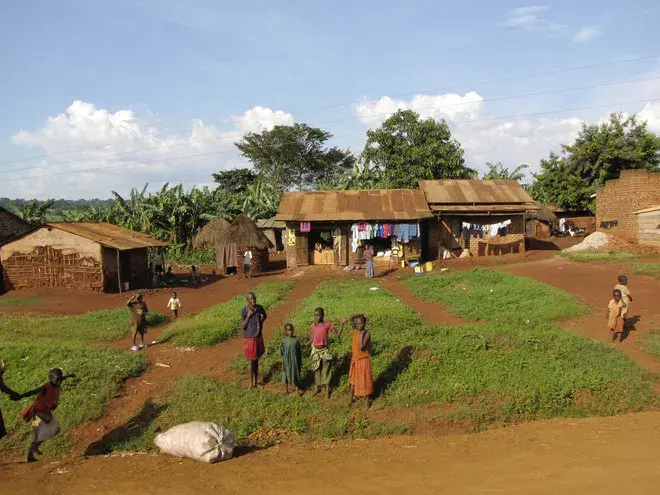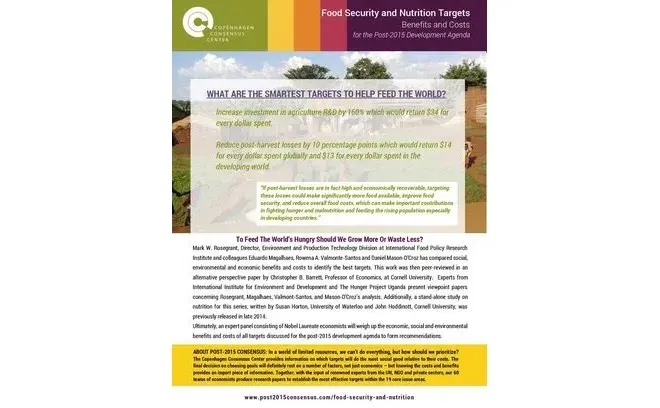Food Security and Nutrition
One-quarter of all food in the world is lost each year, from harvesting and storage to wastage in the consumer’s kitchen. Halving that could feed an extra billion people.
This paper shows that there are smart ways to reduce the world’s enormous food waste. Interestingly, these solutions have little to do with food waste campaigns often seen in the developed world.
In the developing world, where it is not consumers, but the food supply chain that causes waste, building reliable road, rail and electrical infrastructure will mean food gets to markets faster and can be refrigerated where needed.
This will cost $240B over the next 15 years but reduce the number of hungry people by 57m, and avoid malnourishment of 4m children. This generates $13 of economic benefits.
It turns out there is an even better food target: an extra $88 billion in agricultural research and development over the next 35 years (until 2050) will increase yields by an additional 0.4% each year. Per dollar spent, we can achieve thrice the economic benefits ($34) save 79m people from hunger and avoid 5m children being malnourished.
Summary of targets from the paper
| Food Security and Nutrition | |||||
|---|---|---|---|---|---|
| Targets | Benefits ($B) | Costs ($B) | Benefit for Every Dollar Spent | ||
| Reduce post harvest losses by 10 percentage points | Globally | $4,051 | $299 | $14 | |
| Developing World | $3,072 | $239 | $13 | ||
| Increase investment in agricultural R&D by 160% | $2,961 | $88 | $34 | ||
Scroll down to read our set of reports examining food security and nutrition targets for the post-2015 development agenda, written by leading economists and experts.
Assessment Paper
Mark W. Rosegrant and colleagues from the International Food Policy Research Institute, examine the costs and benefits of reducing post-harvest losses. While difficult to measure precisely, the authors suggest somewhere between 10% and 50% of all crops are lost between the farm and the consumer. With significant improvements in rail, road and electricity infrastructure the paper suggests that we could reduce post-harvest losses by 10 percentage points, lower food prices and save 60 million people from hunger. However, the authors also show that increasing crop yields through agricultural R&D is more cost-effective way to address food security, preventing 79 million from going hungry and returning benefits of more than $30 for every dollar spent.
Reductions in post-harvest losses (PHL) are not a low-cost alternative to productivity growth for acheiving food security. Rather, large scale reduction in PHL requires large public investments and is complementary to investments in long term productivity growth to improve food security."
- Mark Rosegrant and colleagues
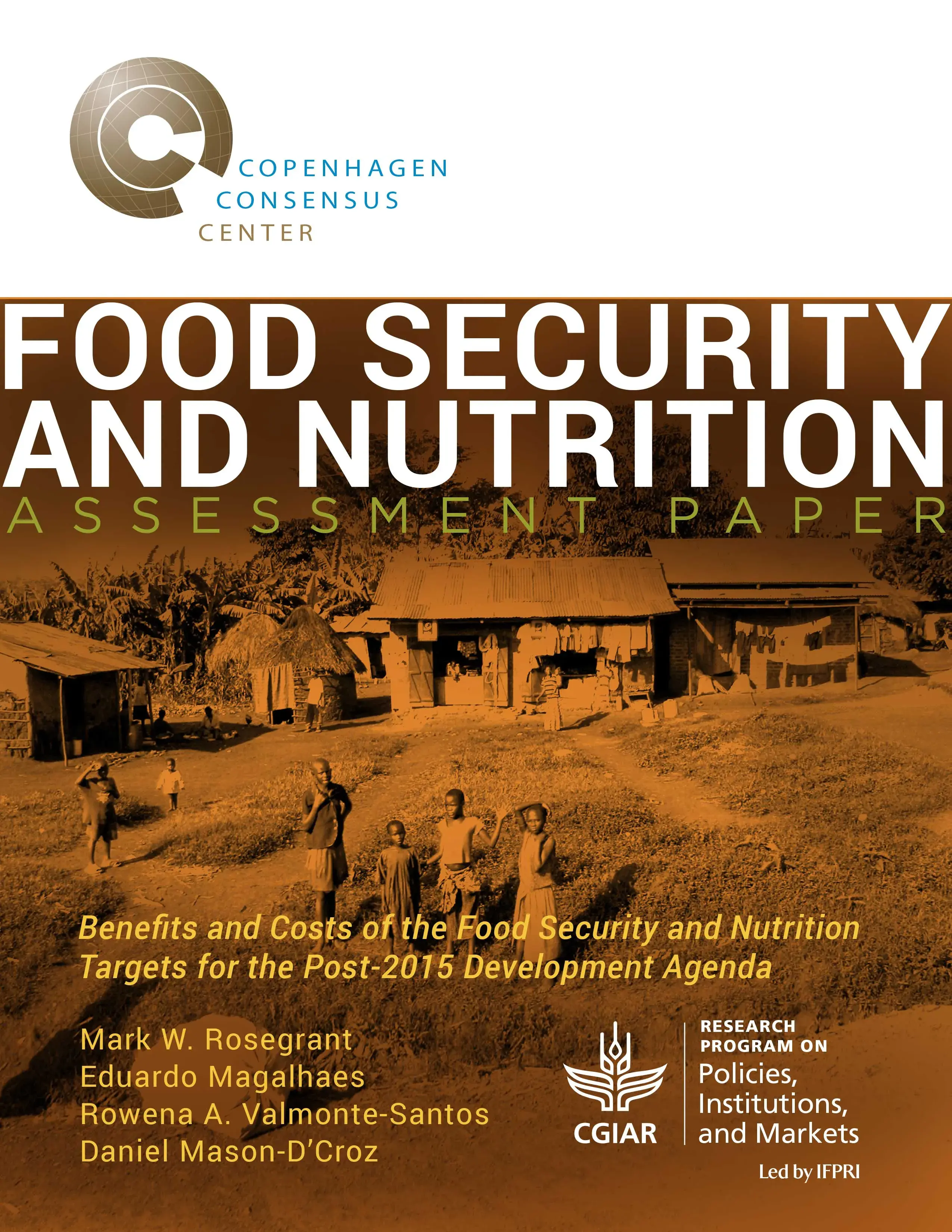
Perspective Paper
Christopher B. Barrett, Cornell University, generally agrees with the overall conclusion of the assessment paper - to improve food security, increasing growth is superior to reducing losses. Barrett suggests that the returns to reducing post-harvest losses may even be overstated in the assessment paper, strengthening this conclusion. Additionally, the author points out that as global income rises, food security is likely to improve, but that for various sensible reasons, post-harvest losses will also likely increase. This complicates the relationship between post-harvest losses and food security, and ultimately, the efficacy of targets to reduce post-harvest losses.
Poverty, not PHL, is the principal driver of food insecurity. Higher incomes are unambiguously good for food security, especially when concentrated among the poor. But PHL inevitably increases with the dietary change induced by income growth. All else held constant, as poor consumers’ incomes grow and they become more food secure, they optimally waste more food…”
- Christopher B. Barrett
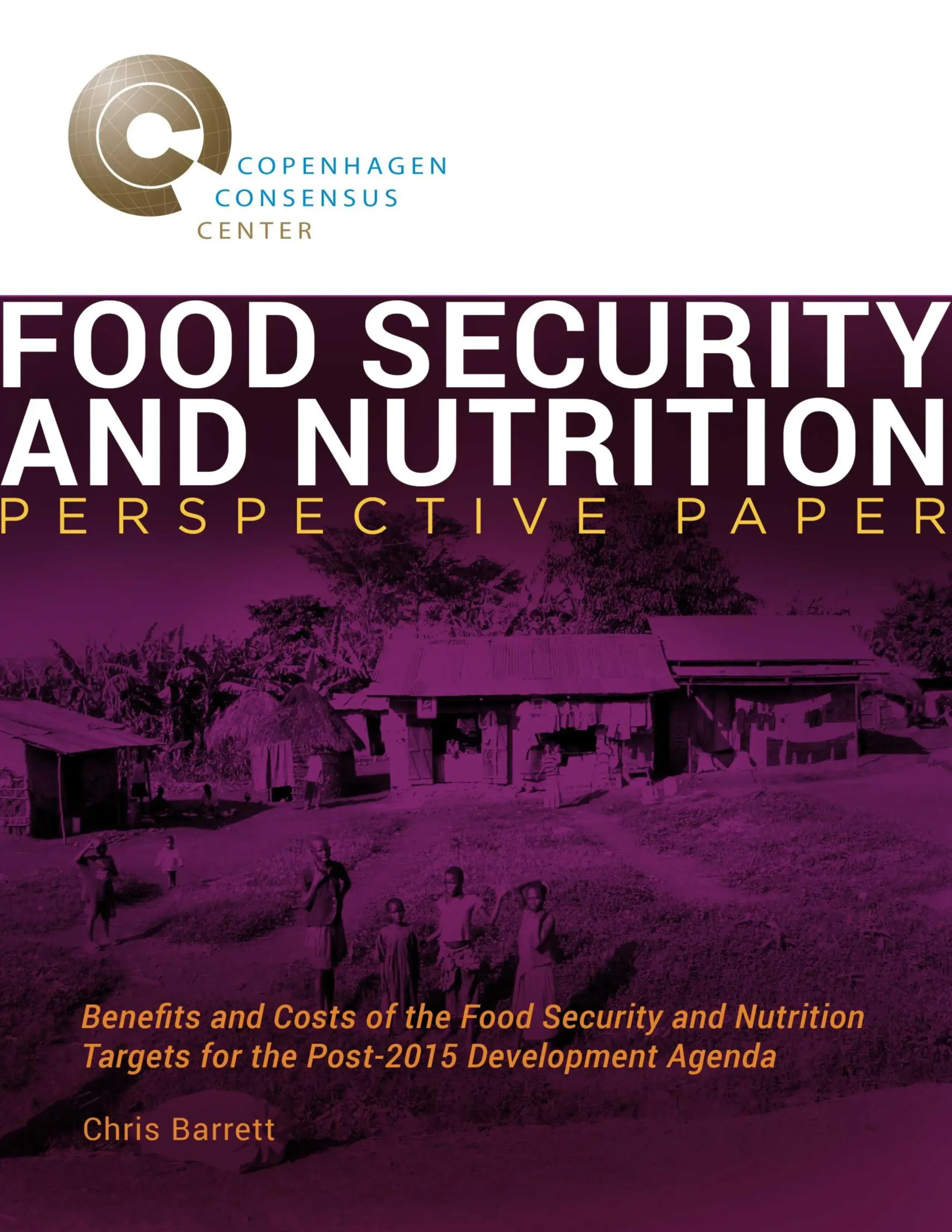
Nutrition Perspective Paper
Susan Horton, CIGI Chair in Global Health Economics at University of Waterloo, Canada, and John Hoddinott, International Food Policy Research Institute and Cornell University present a cost-benefit analysis of nutrition interventions. The outcome document of the Open Working Group calls for the adoption of two WHO nutrition goals on stunting and wasting:
- Reduce by 40 per cent the number of children under 5 who are stunted.
- Reduce and maintain childhood wasting to less than 5 per cent.
Ultimately, the paper argues that addressing stunting in children is an ideal target for the post-2015 development agenda.
Stunting is a better goal than underweight. It is an excellent measure of the health, diet and care provided to children during the 1000 days from conception to age two."
- Susan Horton and John Hoddinott
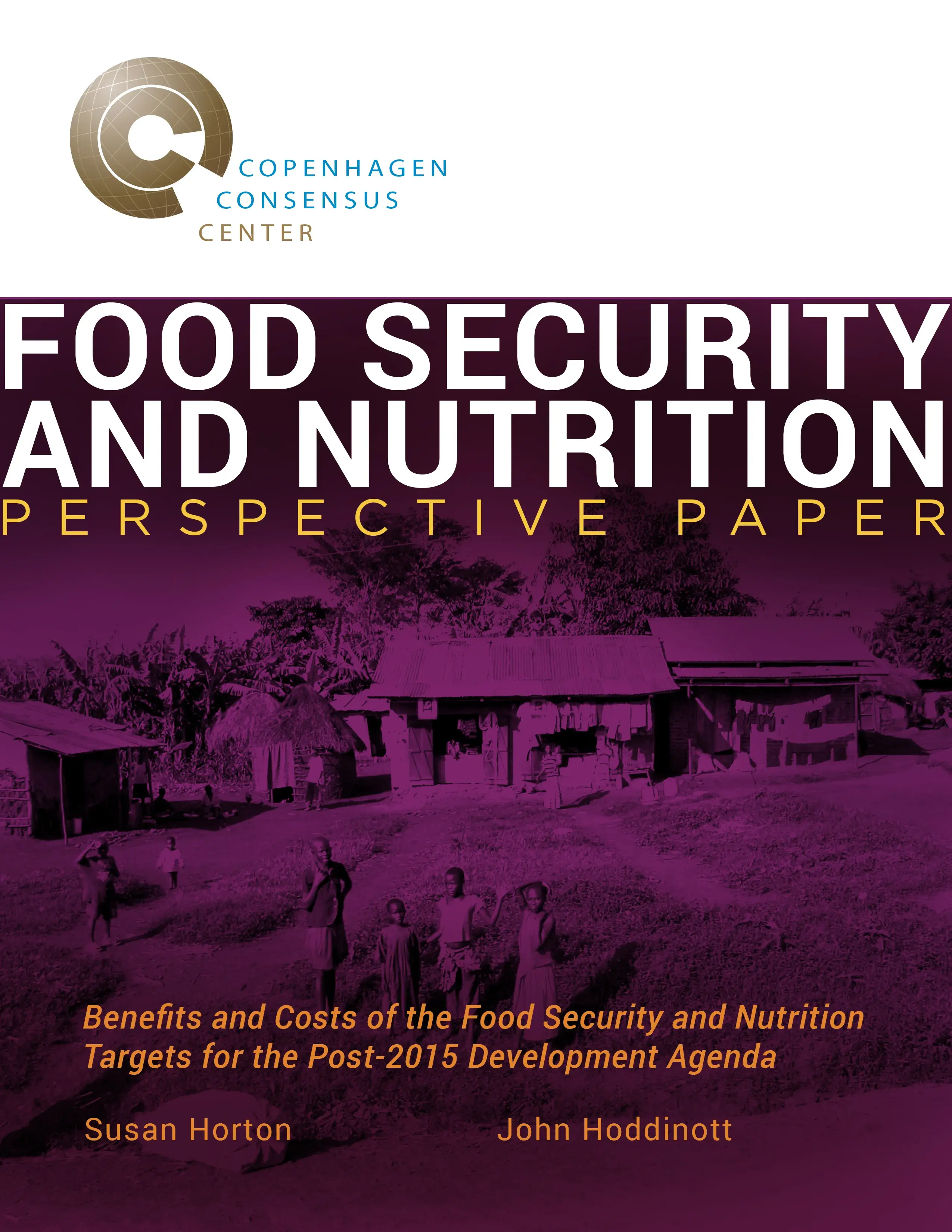
Viewpoint Paper
Writing on behalf of ACDI/VOCA, Ladd, Senior Technical Director, Nutrition and Charlotte Block, Technical Director, Nutrition contend that is critical that we reduce stunting in order to ensure children reach their full potential and improved post-harvest handling of agriculture procedures could greatly support an effort to reduce stunting. The viewpoint discusses the benefits of PHH all the while keeping in mind that it may not be possible to measure the effects through stunting rates alone.
To make an impact on undernutrition, however, we need to find creative ways to achieve and measure improvements in each of the eight agriculture-to-nutrition pathways and to support enabling environments that improve nutritional status, particularly reduced stunting."
– Ladd and Charlotte Block
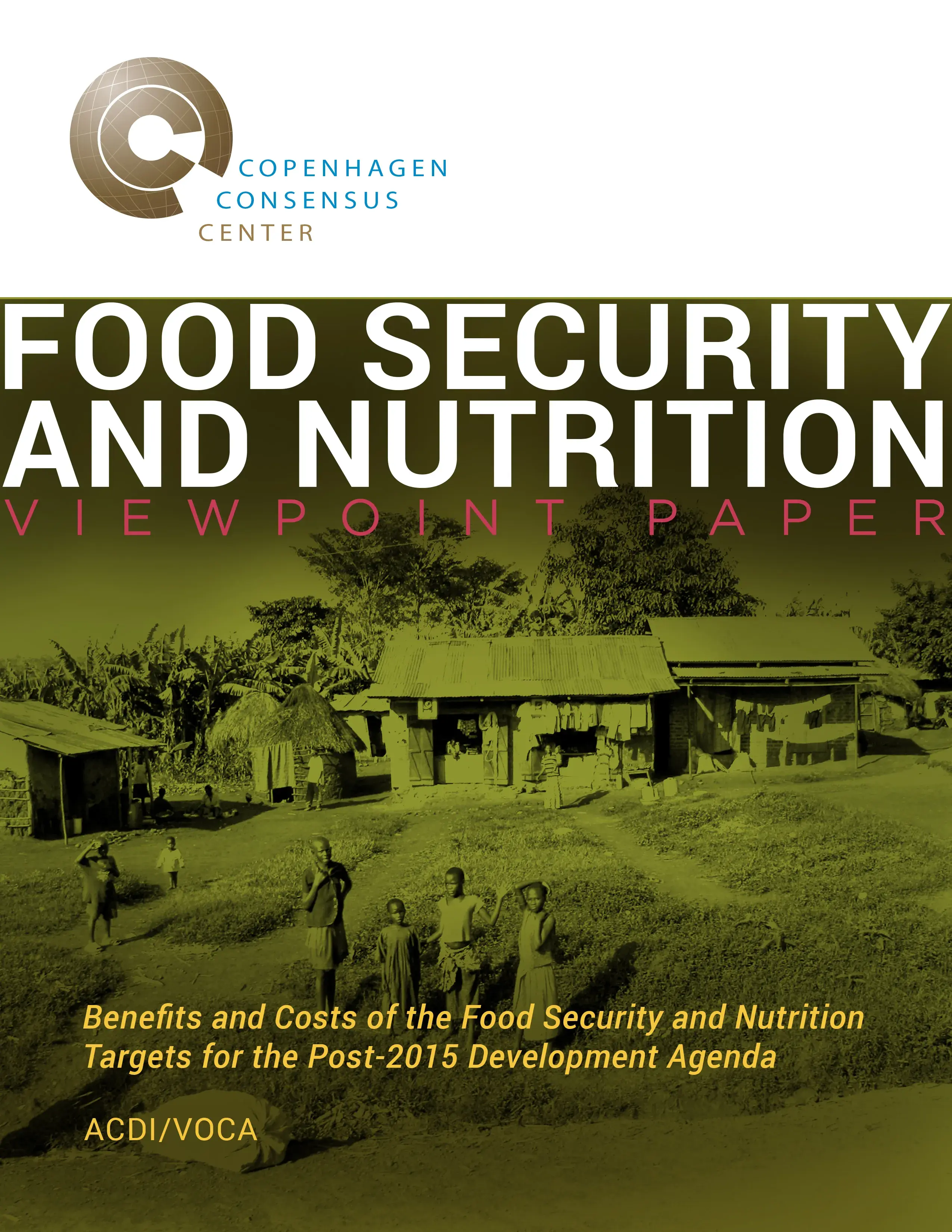
Viewpoint Paper
Writing on behalf of Global Alliance for Improved Nutrition, Rebecca Spohrer welcomes the argument by Horton and Hoddinott that reducing stunting is not only a more meaningful target than underweight, but also extremely cost-effective. However stunting is just the tip of the iceberg of the overall problem.
While a stunting-reduction goal is fundamental to improving nutrition in the next fifteen years, it is not enough to guarantee success. There is still much to be done to ensure that nutrition is positioned within the post-2015 development agenda as a multi-sectorial issue with strong return on investments.”
– Rebecca Spohrer
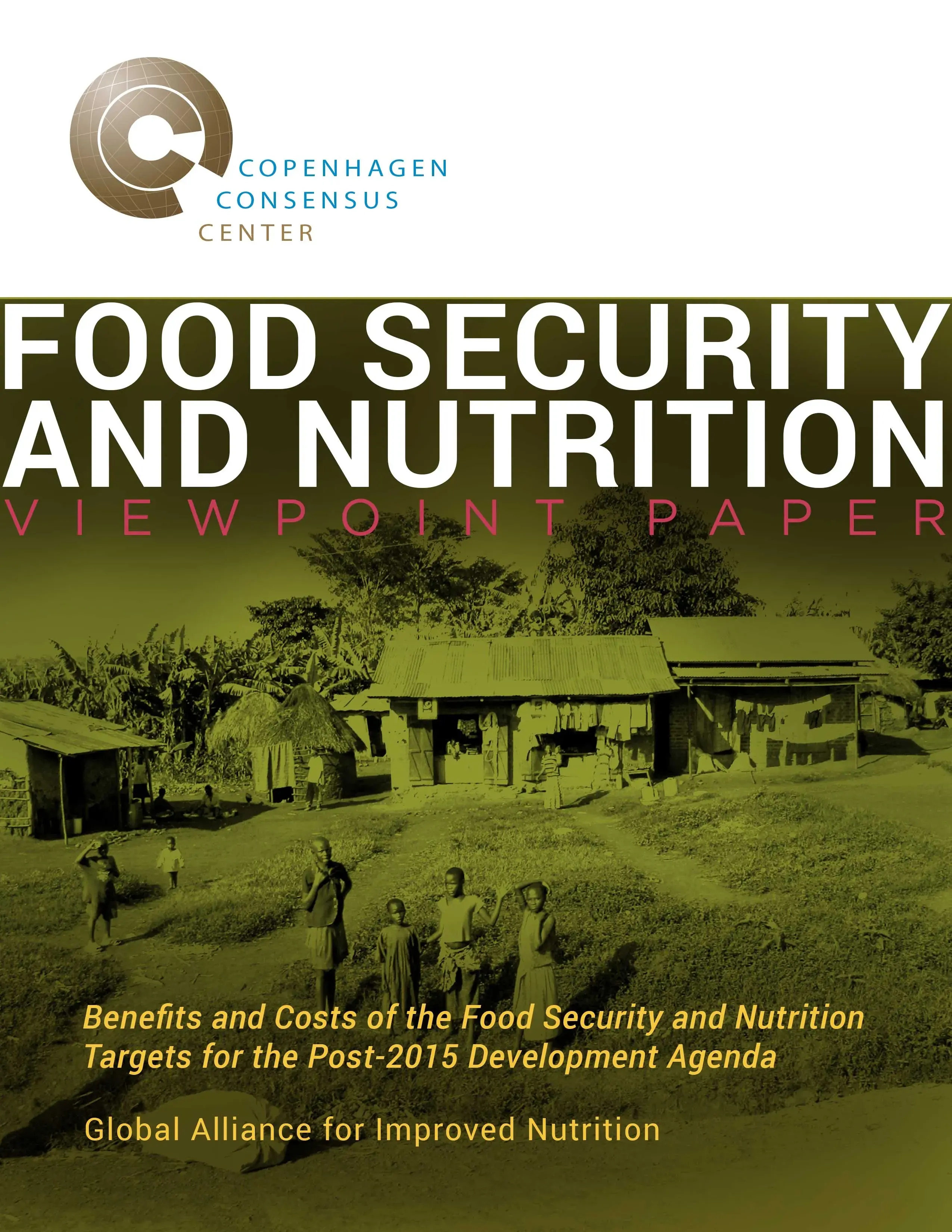
Viewpoint Paper
B. Ben Belhassen’s viewpoint paper discusses food security, nutrition and sustainable agriculture in a broader context. Stating that the MDGs’ exclusive focus on the vital issue of reducing hunger unfortunately left many facets of food security unnoticed. However, targets under proposed Goal 2 of the SDGs address the crucial access dimension of food security, the entire spectrum of malnutrition, the productivity and incomes of smallholder farmers, resilience of food production systems and the sustainable use of biodiversity and genetic resources.
Feeding the world will be a monumental task, but it is feasible, if we accept that we must transform food and agricultural systems, embrace sustainable living and working practices, improve governance for development and, crucially, secure the political will to act.”
– B. Ben Belhassen
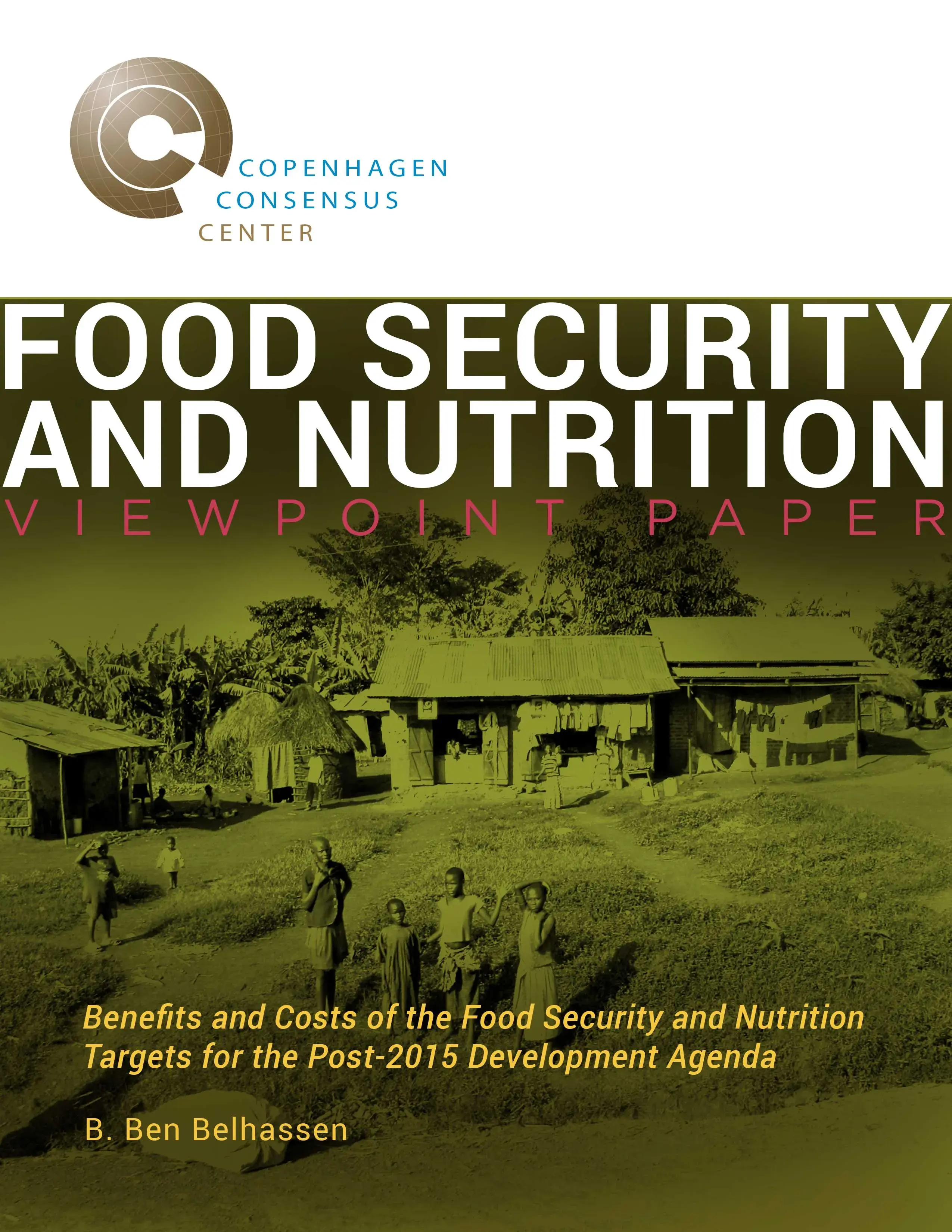
Viewpoint Paper - Nutrition
The nutrition focused viewpoint of Daisy N. Owomugasho, Country Director, The Hunger Project Uganda argues that, rather than stunting, underweight is the most appropriate indicator for nutritional assessment as it provides for both weight for age and height for age nutritional indicators that allow for both acute and chronic nutrition status.
Stunting as a measure negates the genetic predisposition of communities as a result of primordial genetic makeup or by influences of the environment/adaptation or lifestyle. For example the Batwa and Bakonjo tribes in Uganda are generally short in stature; therefore utilizing stunting as a measure of nutritional status would regard the entire community / region ‘falsely’ undernourished; if not comprehensively then at average.
- Daisy N. Owomugasho
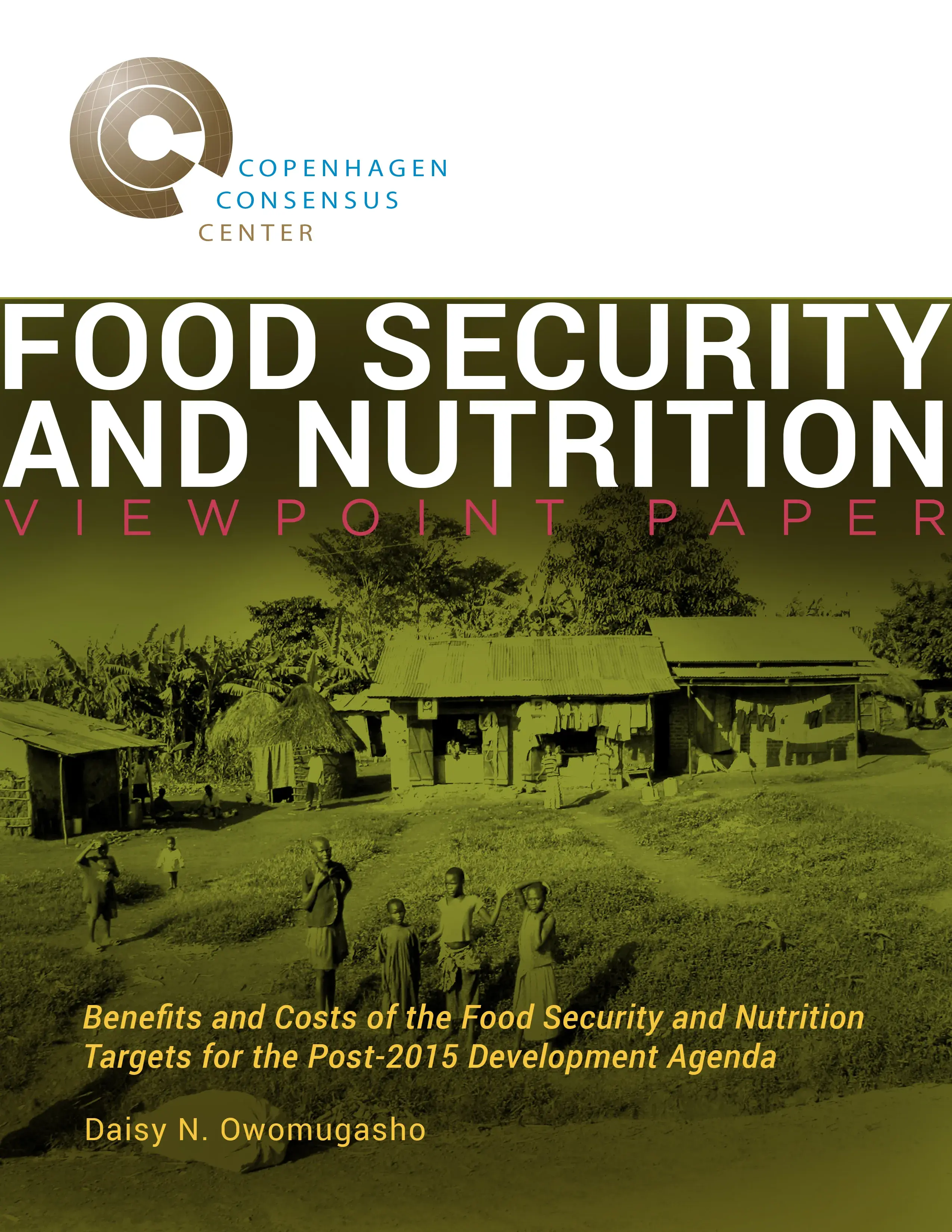
Viewpoint Paper - Food Security
The food security focused viewpoint of Daisy N. Owomugasho, Country Director, The Hunger Project Uganda, argues that adoption of some technologies would help address some of the Post-Harvest Loss. However, some technologies such as simple curing are actually too costly for some farmers especially in the developing world.
We however concur with the conclusion that reductions in PHL are not a low cost option for productivity growth."
- Daisy N. Owomugasho

The Post-2015 Consensus project brings together 60 teams of economists with NGOs, international agencies and businesses to identify the targets with the greatest benefit-to-cost ratio for the UN's post-2015 development goals.





